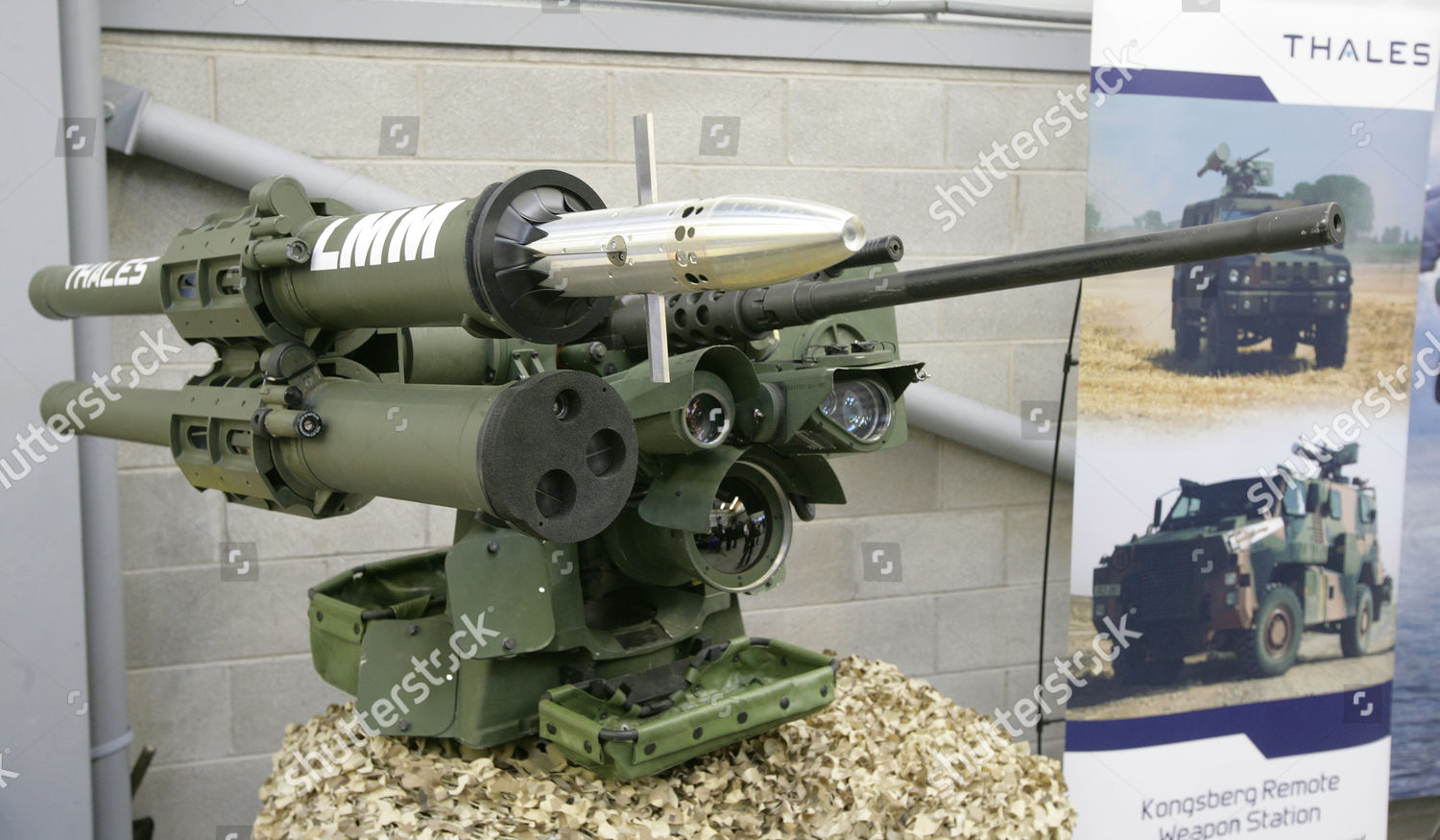Colin -
I think the biggest issues are weapon system/platform agnostic. If you deploy MANPADS and forgo the idea of establishing a holistic IADS, your adversary will simply work around this leaving your forces with no net gains. IMO, at least.
I think back to the the operational functions (I apologize if these are no longer used) - Command, Sense, Act, Shield, Sustain. You are focused on Act/Shield (perhaps a learned officer type can help me out here) but have overlooked the importance of Command & Sense. I would argue that these two functions should be in place before anything else...
I agree with both of you. I think Colin is looking at this from a practical system & practical use perspective -- whereas you are perhaps looking at this from a larger IADS perspective?
However, in the practical & useful sense of the capability, I have to go with Colin on this one, big time. Otherwise we end up with the same capability that we did in Afghanistan where we bought into Iron Dome for the radar capability, but didn't bother to buy into the engagement capability. So we can sense incoming threats, but we just can't do anything about it... not entirely useless, but not entirely helpful either.
By acquiring a capable MANPAD system & pushing it to the reserve force - we do acquire a very useful and effective capability which would be an absolute game changer for our forces, for a minimal financial investment. Easily purchased, easily trained, easily deployable, and useful everywhere. I'd say it's a fantastic investment and idea.
For a larger and more capable IADS, such as that would be found in a coalition environment, the focus on proper C2 may be more appropriate, as that system would include layers of different radars and weapon systems all working together.
For a simple MANPAD system that could sense & engage hostile helicopters, drones, and low flying targets -- getting a good system, getting the troops trained on it and having the system absorbed into our capabilities -- would absolutely be a significant capability boost, without needing to overthink it.



